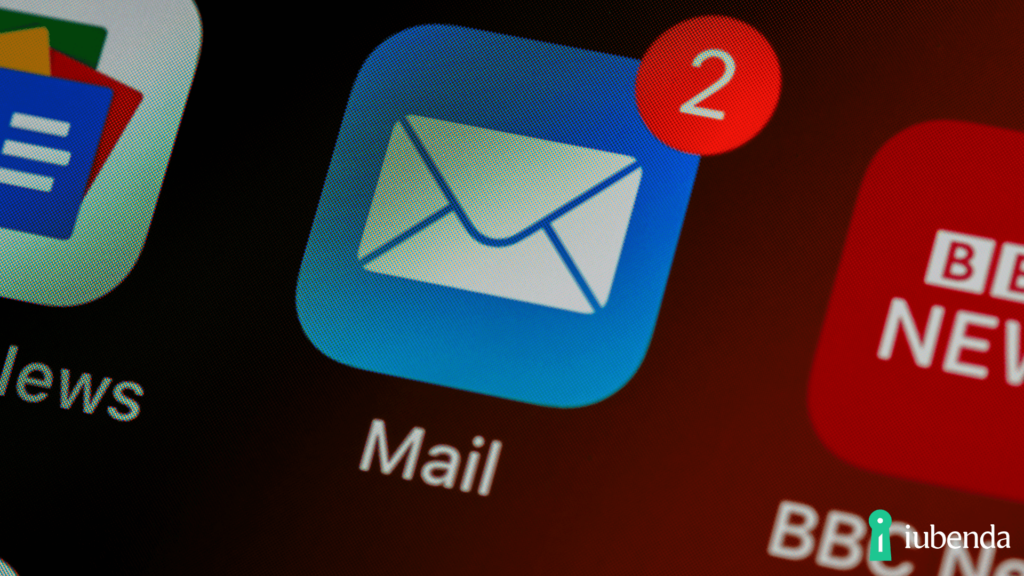Documentation
Email Bounce Rate: How to Reduce it for Better Email Marketing
Are you struggling to get the results you want from your email marketing campaigns? One crucial factor that could be affecting your success is your email bounce rate.
In this article, we’ll dive into what email bounce rate is, the difference between hard and soft bounces, and strategies to reduce it. Plus, we’ll also explore why including an unsubscribe link is not just a best practice, but a legal requirement.
Read on to discover how you can improve your email marketing and boost your ROI.
What is Email Bounce Rate?
Email bounce rate is the percentage of emails that are returned to the sender because they could not be delivered to the intended recipient. It is a measure of how many emails “bounce back” to the sender’s inbox due to various reasons, such as an invalid email address, a full mailbox, or the recipient’s email server blocking the email.
A high email bounce rate can hurt your email marketing efforts by reducing your email deliverability, lowering your sender reputation, and increasing the likelihood of your emails being marked as spam.
What is an Acceptable Bounce Rate?
The acceptable bounce rate for a website can vary depending on various factors such as the type of website, the industry, and the goals of the website. However, as a general rule of thumb, a bounce rate below 40% is considered good, while a bounce rate above 55% may require some improvements.
Types of Email Bounces
There are two types of email bounces: hard bounce and soft bounce.
Hard bounce occurs when an email is returned to the sender because the recipient’s email address is invalid, does not exist, or has been deactivated. Hard bounces are permanent and require corrective action, such as removing the email address from your mailing list.
Soft bounce occurs when an email is returned to the sender because the recipient’s mailbox is full, the email server is down, or the email is too large to be delivered. Soft bounces are temporary and usually resolve themselves within a few hours or days. However, if a soft bounce occurs repeatedly, it may become a hard bounce, and corrective action will be necessary.
👀 See here for more on: Hard Bounce vs Soft Bounce: What’s the Difference?
Steps to Reduce email bounce rate
- Keep your email list clean and updated:
- Remove inactive or invalid email addresses regularly.
- Use email verification tools before adding new addresses.
- Segment your email list:
- Determine criteria for segmentation (engagement, interests, demographics).
- Create segments based on the criteria.
- Send targeted emails to each segment.
- Use a reputable email service provider:
- Research and choose a reputable provider with good sender reputation.
- Sign up and integrate the provider with your website.
- Adhere to email marketing best practices.
- Optimize your email content:
- Use clear subject lines, personalized content, and a clear call to action.
- Avoid spam trigger words or phrases.
- Monitor email campaign performance:
- Track open rates, click-through rates, and bounce rates.
- Analyze the data to identify trends.
- Adjust your email marketing strategy accordingly.
Remember, keeping your email list clean, targeting specific segments, using a reputable provider, optimizing your content, and monitoring campaign performance are key steps to successful email marketing.
⚠️ While reducing email bounce rates is important, it’s equally crucial to give your recipients the option to unsubscribefrom your mailing list. Not only is it a legal requirement under the CAN-SPAM Act, but it’s also an ethical responsibility to respect your audience’s wishes and preferences.
Is your newsletter legal?
Learn How to Ensure Compliance for Your Emails and Newsletters (with Sample Forms)
